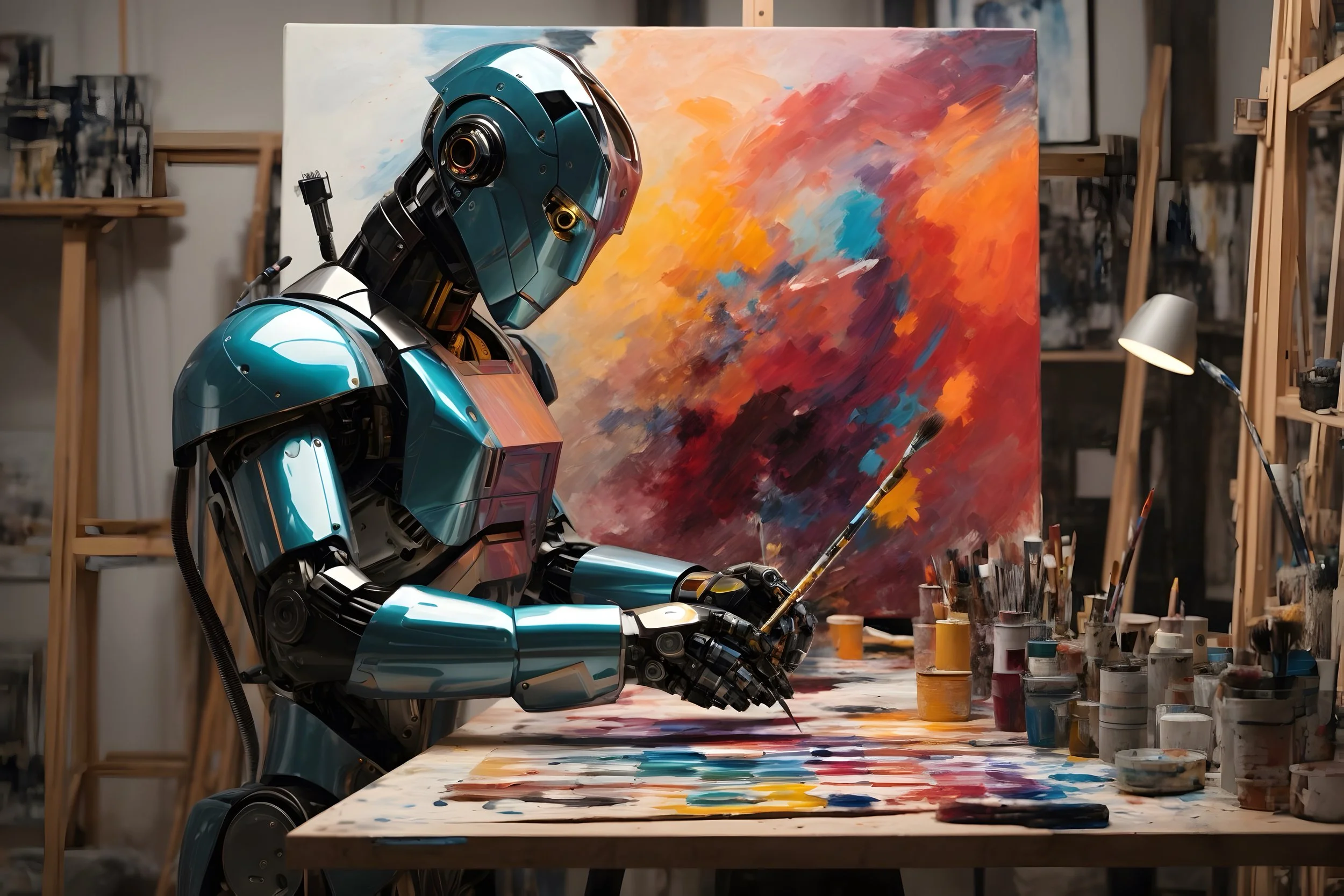Intellectual Property, Unplugged...
Generative AI programs are not able to only create text, but many can also create images based on user prompts. AI image programs are able to do this because they have “viewed” hundreds of thousands of paintings and photographs created by human artists that have been paired with descriptive tags. In doing so, they identify commonalities between these inputs, attach them to particular input tags, and thereby “learns” to produce an original output.
The emergence of these visual AI programs has created new dilemmas for copyright law and intellectual property rights more broadly. Copyright law aims to protect an individual’s intellectual creations (as opposed to their physical property, like jewelry or a car). Though specific rules and their application vary from jurisdiction to jurisdiction, in general, copyright law protects original (often, but not exclusively, artistic) creations such as novels, paintings, songs, and poetry. The purpose of copyright has historically been twofold: first, it protects the creator from having their work used in contexts that they do not approve of (for example, in the campaign of a politician they do not support); second, it stops individuals from financially profiting from work that they did not create (for example, selling prints of another person’s painting without their permission).
However, generative AI programs may undermine this longstanding reasoning. Though AI images are technically original creations, their “author” is not a human being. As a result, some argue that AI images cannot receive copyright protections because such an entity does not have preferences for the use of its creations, nor does it receive any benefit by being financially compensated for their use.
Others argue that the creator of an AI program should benefit from the artworks generated by that program. Like the work that an artist puts into creating a painting, the work that programmers put into writing code and testing the program entitles them to control over the artworks it generates and financial compensation when those artworks are used.
Still others argue that the artists whose work the AI program was trained on should be given rights to any artwork the program generates. Without their original creations, the AI would have had no inputs on which it could train.
Finally, there are those who argue that the individual who comes up with and inputs the text prompt that produces the artwork should receive copyright protections. Without their work to come up with these phrases, the AI would have no text inputs to turn into visual artworks.
DISCUSSION QUESTIONS
Do artworks produced by an AI deserve copyright protection?
Who, if anyone, should have control over the artwork once it is produced: the creator of the AI, the artists whose work the AI “learned” from, or the individual whose verbal prompt generated the piece? If control is to be shared between multiple parties, how would that function?
How should society respond to the rapid advances in technology which invite revision to existing laws, practices, etc.?
